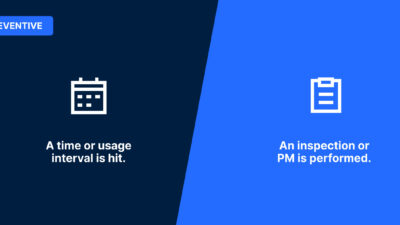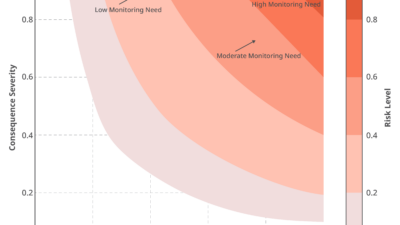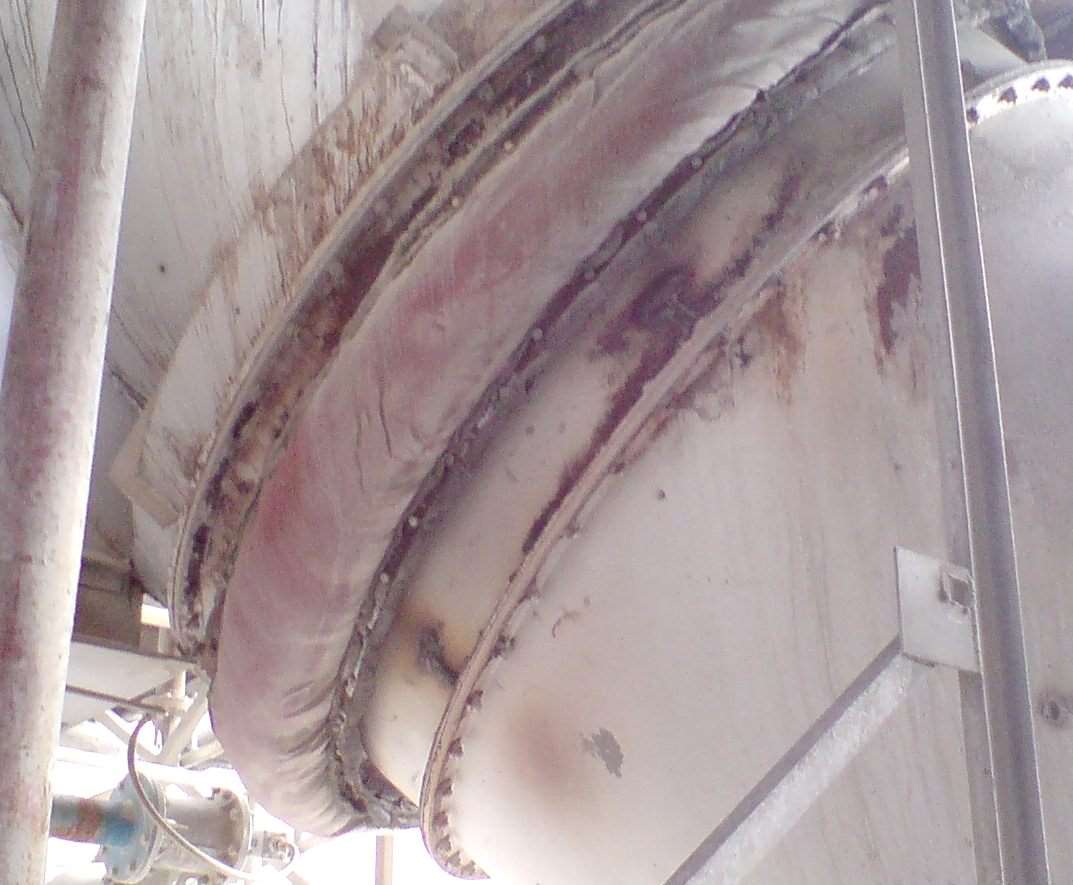Maintenance strategy requires technology—and a new mindset.

Today’s manufacturing plants tend to consist of a wide assortment of assets patched together like a colorful quilt. The machinery and equipment can range from highly advanced robotics to outdated legacy solutions, stretched past their normal life expectancy.
Plant engineers must make these disparate assets integrate and perform as one, which can be a challenge, especially when lean budgets, escalating market demands and conflicting strategies add to the complexity. Forward-thinking plant engineers, though, can step up to the challenge, elevating processes beyond simple reactionary mode. It begins with a new mindset—and modern technology.
How did we get here?
Most plant engineers already have witnessed at least one transformational episode during their career, whether it was the adoption of Lean Principles in the 1980s, deployment of mobile solutions in the 1990s or migration to the cloud in early 2000s. More disruptions are coming. The pace of change continues to escalate, even as manufacturing growth starts to slow. Fear of tariffs with China, potential trade wars and lack of clarity from the European Union all add to global market uncertainty. U.S. plants must be prepared for the long game.
In order to remain competitive in this high-stakes era, manufacturers must be agile, resilient and finely-tuned enterprises operating with minimal downtime. Waste, inefficiency and delays need to be curtailed, too, so the enterprise can focus on priorities: aligning with customers and developing new products. Increasing competition makes these capabilities more important than ever.
Assets must keep running, even the machinery that may be past its prime and needing frequent repairs. With minimal resources and numerous demands for their time, maintenance teams must develop and follow a strategy. Today’s shortage of highly skilled technicians also places a strain on operations. Work smarter, not harder, is the refrain many managers sing. Reactive maintenance is no longer acceptable. Fixing breaks, one emergency after another, is an inefficient use of resources. It frustrates personnel, managers and customers.
First, change the mindset
Achieving prescriptive maintenance, at the top of the asset maintenance maturity model, requires an evolution of processes and technology. But the change in thinking must come first. The new mindset must be the foundation for the journey, and like most changes in the company culture, this one must come from the top of the organization. Only the top executives can establish priorities for use of resources and establish that assets have intrinsic value which must be protected.
Whether it is a robotic arm that performs welding, an autonomous forklift that follows a track in the warehouse floor, programmable packaging equipment, or overhead doors on the shipping bays, each asset represents a cog in the overall enterprise. Some, like power generation, are mission-critical and cannot be allowed to fail.
Others may be less essential, but still play a role in operations or customer engagement. Size is not the driver influencing value, neither is the cost to replace the asset. One innocuous-looking, $2 belt on the conveyer system can halt all packaging, keeping a customized order from shipping on-time and jeopardizing a pending million-dollar deal.
Wellness focus: It is easy for manufacturing plants to fall into the habit of pushing machinery to its limits, reacting to failures and treating symptoms. A more holistic approach with an emphasis on prescribed maintenance and preventive care is an entirely different approach, requiring a long-term view, rather than focusing on than the next emergency to be addressed. One way to transition to this new thinking is by deploying prescriptive maintenance in one department first as a proof of concept. This allows the team to gather success data and help make the case that preventive care is more cost effective.
Risk assessment: A comprehensive risk assessment helps to change attitudes. An assessment, which can be done by a third party or internally, takes into consideration multiple attributes and helps prioritize assets, based on data and facts, not emotional anecdotes from users. Scores are based typically on the impact the asset or component has on fulfilling customer orders on time, user safety, satisfaction of customers, environmental impact, compliance with federal and state mandates, maintaining profit margins and keeping the plant open and operational.
Condition assessment: Assessing current conditions is like performing a wellness checkup on the assets in the plant. Initial assessments can require substantial resources, but after the first round of evaluations are completed, updating the status on a regular basis becomes much easier and well worth the time. Condition assessments are fact-based, using standardized definitions and objective and consistent standards.
How technology can help
Modern enterprise asset management (EAM) solutions help plant engineers and maintenance teams step up their processes and make effective asset management part of the overall enterprise strategy. Here are seven ways modern solutions help plant management:
- Reliability. Reliable plant operations can become a differentiator. Customers will notice that orders are always on-time, as ordered and with unwavering product quality. These are unusual characteristics in some industries.
- Streamlining routine. Technology helps streamline and automate basic tasks, such as scheduling routine inspections and maintenance, tracking parts and materials used so inventory is accurate, and monitoring use of consumables (ink) and replaceable (filters), and parts subject to wear (belts and brake pads). When the basics are covered easily, personnel have time to focus on more advanced questions such as diving into analytics.
- Planning cashflow. Using risk assessments and condition assessments, managers will be able to project future needs and calculate related costs, including replacement parts or any outside special services or contractors that may be needed. With data easily accessible, managers can evaluate replace versus repair decisions and factor in the cost of downtime.
- Predicting the future. Today, innovative business intelligence solutions with artificial intelligence contain powerful predictive capabilities, using algorithms and data science to identify patterns in data points and project next likely outcomes. Users can explore “what if” scenarios and obtain forecasts of likely costs and likely demands.
- Prioritizing investments. This glimpse of future investment needs can be juxtaposed against projected cash cycles also taking into account forecasts for shifting demand. Managers can then prioritize major capital investments when funding and political backing is in place. Plans for stopgap, bare-minimum fixes may be needed when funds are limited.
- Providing early warnings. Managers will be able to use predictive analytics to identify some potential critical issues early so that adequate preparations can be made, including having necessary parts or backup equipment on standby. For example, when a generator nears end-of-life expectancy, back up replacements should be on hand for a seamless switch-over.
- Meeting compliance. Managers should be alert to such issues as: ADA accessibility, building code compliance, OSHA or EPA mandates, or workforce or public safety issues. Non-compliance can be costly. It also can jeopardize safety or hurt brand equity.
Plant engineering and plant maintenance teams face many pressures today. Some are operational and involve keeping assets running. Others have more to do with cashflow strategies and decisions about whether to repair versus replace or upgrade. A new mindset helps companies change the focus from reactive to prescriptive. Technology also helps managers make well-informed decisions. With advanced solutions in place, managers can take a holistic approach to plant maintenance and a long-term view of managing assets.



